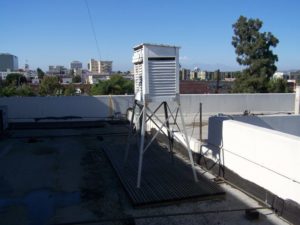by M. Oliver, Apr 28, 2025 in ClimateChangeDispatch
The large amount of solar power on the Spanish and Portuguese grids may have left the Iberian power grid more vulnerable to faults or cyberattacks, according to one expert. [emphasis, links added]
This is because of the need for “inertia” on the electricity system, which is a byproduct of generators that have spinning parts—such as those running on gas, coal, or hydropower.
These have turbines that can speed up or slow down to help adjust the power frequency, which must be kept within certain limits.
Inertia also helps to protect the system from faults that cause sudden frequency drops, giving grid operators time to switch on alternative generators.
Solar panels do not generate inertia on the system, however, and there are known issues with low inertia on the Iberian grid.
At about 10 am this morning, roughly two hours before the power cuts, almost 60 percent of Spain’s power was being generated by solar farms, according to transparency data.
At lunchtime, power demand tends to drop, meaning there is less demand for gas on the system in Spain, said Kathryn Porter, an independent energy analyst.
Ms Porter said: “If you have a grid fault, it can cause a frequency imbalance, and in a low-inertia environment, the frequency can change much faster.
“If you have had a significant grid fault in one area, or a cyberattack, or whatever it may be, the grid operators therefore have less time to react. That can lead to cascading failures if you cannot get it under control quickly enough.
“The growing reliance on solar has pushed inertia on the grid to the point where it [becomes] more difficult to respond to disruptions such as significant transmission faults.”
…snip…
The European Union chief said that “at this point, there are no indications of any cyberattack” after a massive blackout hit Spain and Portugal.
Also :



